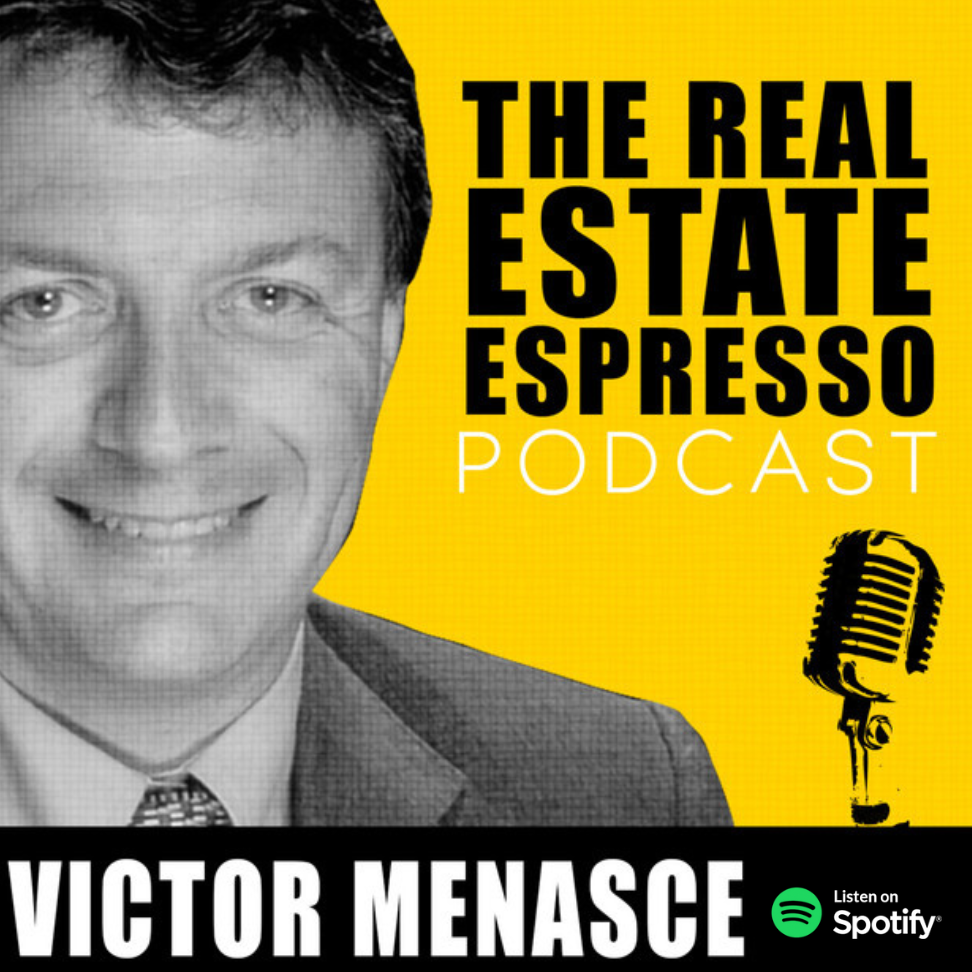On today’s show we are talking about how maturing cities handle growth and development.
There are two costs associated with growth. There is the initial cost, and then there is the lifecycle cost.
Buildings and neighbourhoods go through cycles of development, stagnation, decline and renewal. Cities therefore go through cycles as well.
When a city is growing it costs money to build roads and schools and infrastructure like water treatment and sewage treatment. These costs are initial costs that are often paid for by developers that are responsible for the growth. For the first number of years, that new infrastructure is very low maintenance. It’s new and pristine and the cost of maintaining it is effectively zero. But eventually, those roads will need to be repaved, and the sidewalks repaired. Landscaping will need a refresh.
The schools that were new and filled to capacity will eventually be under-utilized as families move out of those mature neighborhoods. The cost of maintaining the roads and the schools remains constant over time.
It’s much cheaper to re-use existing infrastructure through the process of urban renewal instead of letting major regions of the city decay into an urban wasteland.
Intensification is the word that best encapsulates the eco-friendly aspect of urban renewal.
The problem with infill projects is that they’re small. They’re too small for large scale home builders. You can’t mobilize an entire framing crew to move from one property to the next in an infill setting. There is simply not enough work to make the process efficient.
Just like an assembly line is more efficient at making cars than building them one at a time, a residential subdivision is the assembly line equivalent when it comes to home building.
But we’re trading one form of efficiency for another. Efficiency for the builders is coming at the expense of efficiency for the city. The life cycle cost for the cities is actually more important. Intensification in cities is environmentally friendlier than gobbling up more agricultural land and allowing cities to expand outward meanwhile land in the core lies under-utilized.
———–
Host: Victor Menasce
email: [email protected]


